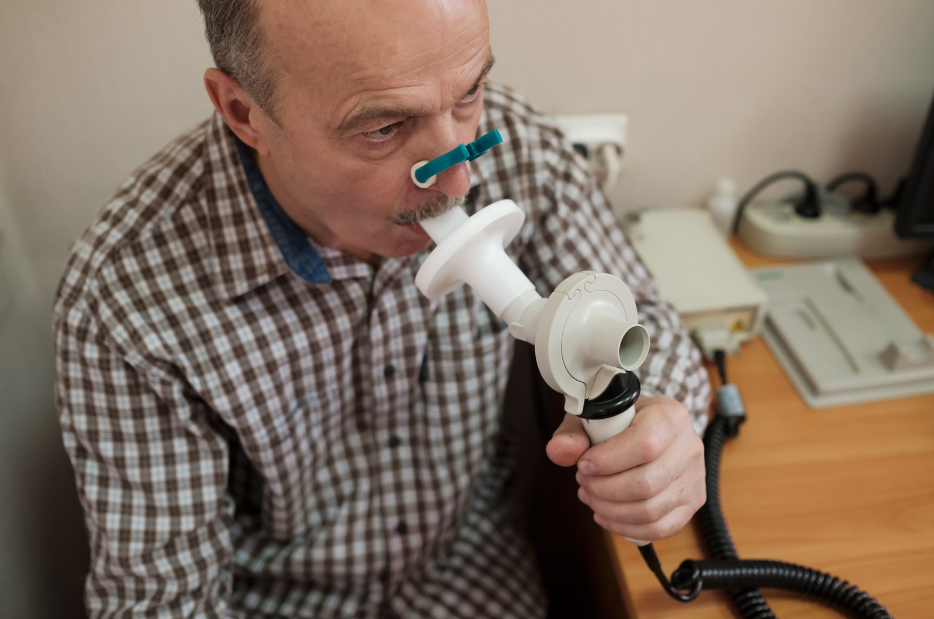Spirometry
Description:
Our spirometry measure uses claims data to determine the percentage of Asthma and COPD patients aged 5 and older with at least one spirometry test in the measurement year or the year prior. A higher proportion indicates better performance as reflected by appropriate guideline-based care.
Population Specifics:
- Asthma patients, regardless of severity, aged 5 years and older who are identified as having asthma, regardless of severity.
- COPD patients aged 40 years and older who are identified as having COPD.
Numerator/Denomenator:
- Numerator: All patients aged 5 years and older with COPD or Asthma that have at least one claim for spirometry in the measurement year or the year prior.
- Denominator: All patients aged 5 years and older with COPD or Asthma in the measurement year.
Guideline Links:
- GOLD 2024 Guidelines: 2024 GOLD Report
- GINA 2024 Guidelines: 2024 GINA Main Report


